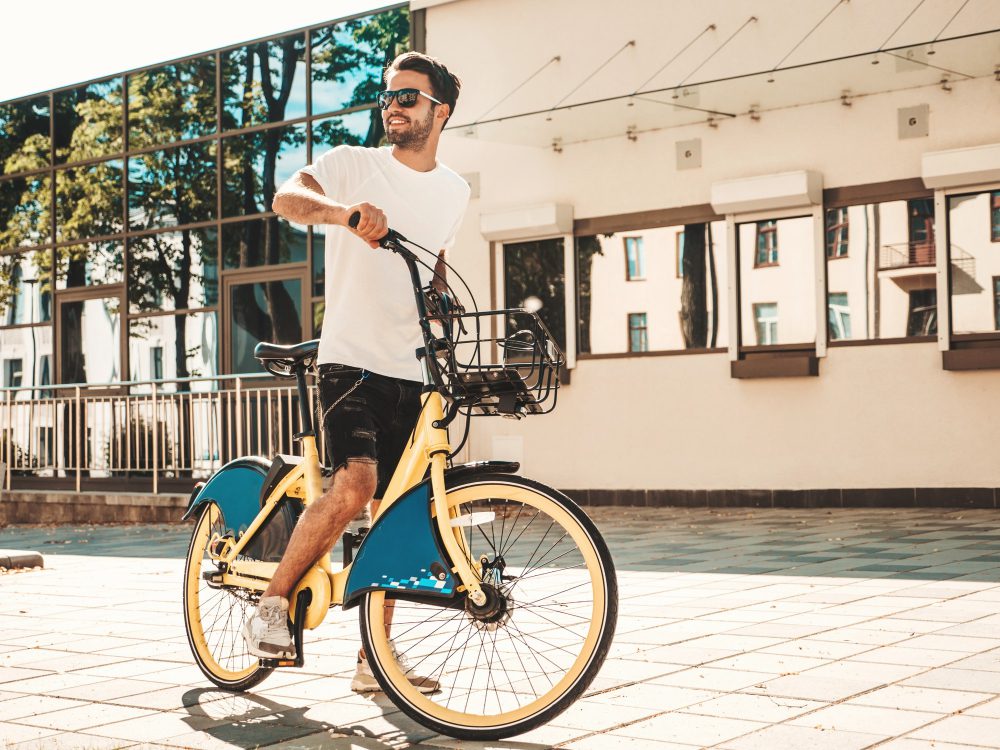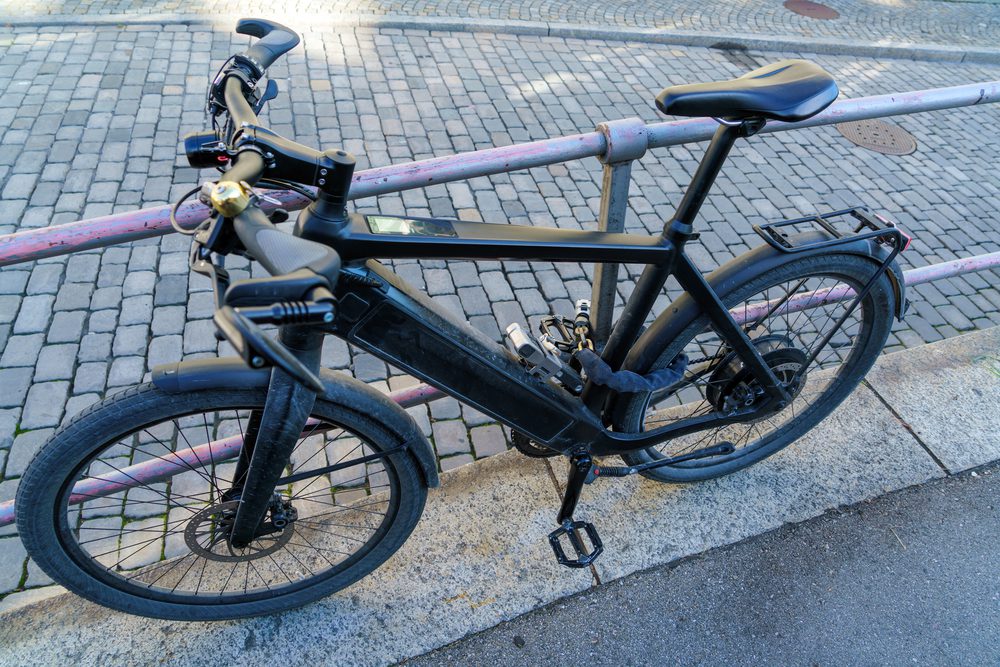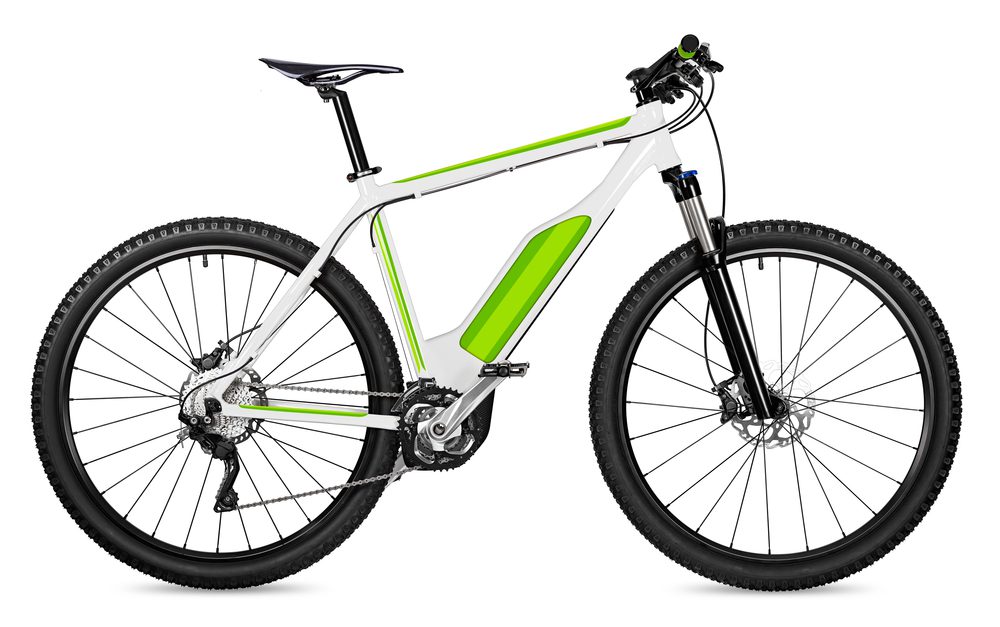Can an electric bike go 60 mph?
Electric bikes, also known as e-bikes, have been gaining popularity in recent years. With their environmentally friendly nature and convenience, they are an attractive alternative to traditional bicycles and cars. However, many people wonder if electric bikes are capable of reaching high speeds, such as 60 mph.
The short answer is that while some electric bikes can reach speeds of 60 mph or higher, the majority of commercially available e-bikes have speed limitations for safety reasons. In the United Kingdom, electric bikes are legally limited to a maximum speed of 15.5 mph (25 km/h).
Legislation and Speed Limits
The legal speed limit for electric bikes in the UK is determined by the European standard EN15194, which classifies e-bikes as pedal-assist bicycles. These regulations ensure that electric bikes are treated similarly to regular bicycles, allowing riders to use cycle paths and avoid many of the restrictions placed on motor vehicles.
According to these regulations, an electric bike in the UK is considered road-legal as long as it meets certain criteria:
- The motor power does not exceed 250 watts.
- The electric assistance cuts off at 15.5 mph (25 km/h) or when the rider stops pedaling.
- The bike has pedals that can be used to propel it.
- The bike displays a label stating compliance with EN15194.
These speed limitations are in place to ensure the safety of both riders and pedestrians, as well as to regulate electric bikes as bicycles rather than motorized vehicles.
High-Speed Electric Bikes
While most electric bikes in the UK are limited to 15.5 mph, there are specialized high-speed electric bikes that can reach much higher speeds. These high-speed e-bikes, commonly known as S-pedelecs or speed pedelecs, have a top speed of 28 mph (45 km/h) and are subject to different regulations.
S-pedelecs are classified as mopeds or motorcycles, requiring riders to hold the appropriate license, registration, and insurance. They also come with additional safety requirements, such as lights, rearview mirrors, and helmets. These requirements ensure that riders are properly equipped and trained to handle the increased speeds.
It’s worth noting that even though high-speed electric bikes can reach 28 mph, they are still significantly slower than cars or motorcycles. However, they offer a faster and more efficient alternative for commuting and navigating urban areas compared to regular electric bikes.
The Benefits of Electric Bikes
While the speed of an electric bike may not match that of a car or motorcycle, there are numerous benefits to choosing an e-bike:
- Reduced environmental impact: Electric bikes produce zero emissions, helping to reduce air pollution and combat climate change.
- Health benefits: Even with electric assistance, cycling provides exercise and promotes cardiovascular health.
- Cost-effective transportation: E-bikes are more affordable than cars, and the cost of charging them is significantly lower than refueling a vehicle with petrol or diesel.
- Convenience and accessibility: Electric bikes allow users to bypass traffic, enjoy flexible parking options, and are suitable for people of varying fitness levels.
Electric bikes offer a practical and eco-friendly means of transportation that can revolutionize the way we travel in cities. While they may not reach speeds of 60 mph, their benefits extend far beyond top speed.
Whether you’re looking for a greener mode of transportation, a fun way to explore the outdoors, or an efficient commuting option, there is an electric bike suited to your needs. It’s important to stay informed about local regulations and choose an e-bike that complies with the relevant speed limits to ensure safe and enjoyable riding experiences.
What speed is a road legal electric bike?
Electric bikes, also known as e-bikes, have become increasingly popular in recent years as a greener and more convenient mode of transportation. But when it comes to their top speeds, there are legal limitations that riders must adhere to.
The UK Law
In the UK, a road legal electric bike is classified as a “Pedelec” or “EAPC” (Electrically Assisted Pedal Cycle). According to the Electrically Assisted Pedal Cycles Regulations 1983, these bikes are limited to a maximum power output of 250 watts and a top speed of 15.5 mph (25 km/h).
Why the Limit?
The speed limit for road legal electric bikes is in place for several reasons. Firstly, it ensures the safety of riders and other road users. Electric bikes are designed to be pedal-assist, meaning they provide a boost to the rider’s pedaling rather than being solely powered by a throttle. This limit helps prevent accidents caused by excessive speeds.
Exceeding the Speed Limit
If an electric bike exceeds the maximum speed of 15.5 mph, it is no longer considered road legal and may require registration, insurance, and a license to ride. These bikes would be classified as motorcycles or mopeds, subject to the same legal requirements as motor vehicles.
Benefits of Road Legal Electric Bikes
While the speed limit may seem restrictive to some, road legal electric bikes still offer numerous benefits. They provide a cost-effective and environmentally friendly alternative to cars, making commuting easier and more enjoyable. Electric bikes also promote a healthier lifestyle by encouraging physical activity through pedaling.
“Road legal electric bikes strike a balance between convenience, sustainability, and safety.”
Conclusion
In the UK, road legal electric bikes are limited to a maximum speed of 15.5 mph (25 km/h) to ensure the safety of riders and other road users. While this may seem slow for some, these bikes offer a greener mode of transport that promotes physical activity and reduces reliance on cars. So hop on your road legal electric bike, enjoy the ride, and stay within the legal limits!



